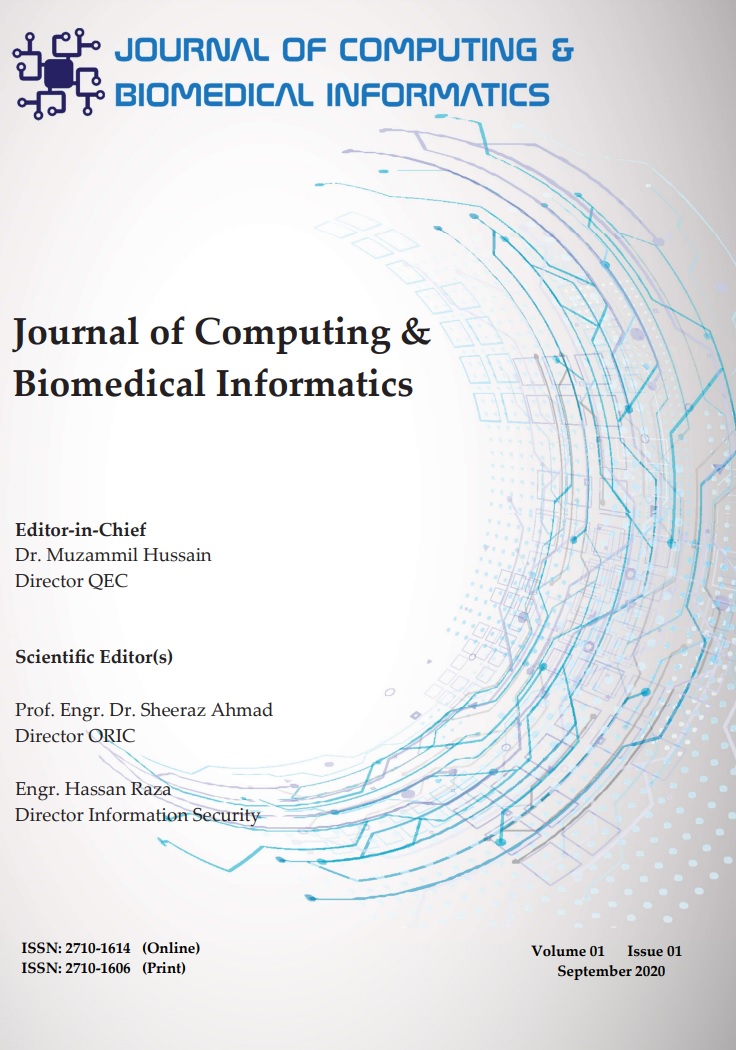A Real-World Testbed Evaluation of BBR-n+ with Other Major TCP Congestion Control Algorithms
Keywords:
BBR, Congestion Control, AQM, Fairness, Pacing Rate, RTTAbstract
The demand for a robust congestion control algorithm (CCA) to balance high throughput, low latency, and fairness between flows is on a high rise with evolving networks and tremendous increases in the network’s bandwidth. While traditional CCAs like Cubic, Reno, and Data Center TCP (DCTCP) struggle with inefficiencies in dynamic environments, the Bottleneck Bandwidth and Round-trip propagation time (BBR) model-based approach has shown promise. This paper introduces BBR-n+ (BBR new, enhanced), which is a novel variant of BBR v3. While pure-loss-based algorithms are reactive to packet loss only, BBR-n+ uses a hybrid approach. It not only considers Bottleneck Bandwidth and Round-Trip-Time but also uses packet loss rate and an advanced Explicit Congestion Notification (ECN) technique known as Low Latency, Low Loss, and Scalable Throughput (L4S) to build a model of the network pipe. As a result, it provides better throughput, lower latency, and alleviates queue pressure in the router’s buffers to reduce bufferbloat. This paper focuses on evaluating BBR-n+ with BBR v3, Cubic, Reno, Vegas, Nevada, Veno, Yeah, and DCTCP in various bottleneck scenarios. Rigorous testing using our physical testbeds for both wired and wireless scenarios has been performed. Performance matrices such as throughput, latency, and RTT fairness when sharing bandwidth with non-BBR flows were used to evaluate the CCAs. The Flent network tester was used to perform various tests on our physical testbeds. The results of our tests demonstrate that BBR-n+ provides superior performance, making it a leading candidate for modern congestion control.
Downloads
Published
How to Cite
Issue
Section
License
This is an open Access Article published by Research Center of Computing & Biomedical Informatics (RCBI), Lahore, Pakistan under CCBY 4.0 International License





